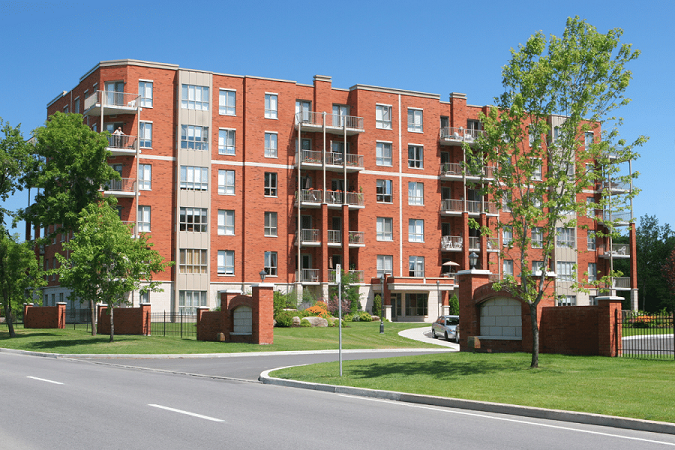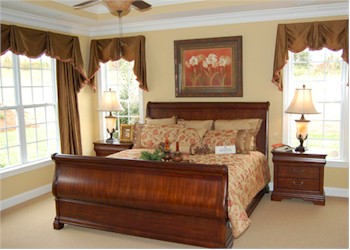I was surprised to read an AARP report that stated 90% of seniors want to retire “in place”; that is, stay in their own homes when they retire. I’m sure that’s the right move for some, but most don’t realize that the home which was once perfect for them can become a liability as they age. Staying put when you retire requires as much planning and preparation as relocating.
You see houses age just like we do. Wear-and-tear that was once acceptable can become annoying or even dangerous as we get older. No matter how active we are, over time it becomes harder to climb ladders and stairs, turn doorknobs, open windows, reach tall shelves, bend over to pull weeds, or crawl under a sink to clean out a drain. If you plan to stay in your home when you retire, then there are a number of things that should be done to make your independent living safer and more comfortable.
Before you decide to stay in your home, get cost estimates for upgrades that will keep your home safe and enjoyable as you grow older. Don’t back yourself into a corner by waiting too long to have these assessments done. Too many seniors procrastinate assessing the live-ability of their home until their health is failing, yet research suggests that home modifications are enjoyed the most by active, vital seniors. As you review your costs, don’t forget to consider amenities that might be fun to have, like exercise equipment, gym, pool, or golf memberships and social activities. I’m sure you didn’t dream of spending your retirement cleaning out gutters, washing windows, and weed-whacking the yard. The cost of leading an active lifestyle must be factored into your “retirement costs”. When your analysis is complete, you may find that relocating to an active adult retirement community is easier, cheaper, and more satisfying than upgrading your current home in order to continue living there. But, you won’t know for sure until you actually make the assessment. Take action while you still have alternatives; upgrade estimates are usually free but you have to ask for them.
Your home assessment should address usability, safety, mobility, social, and community infrastructure issues. Most seniors will never need a wheelchair, but for the sake of your assessment you should always ask “what if I needed a wheelchair?” There’s no point in making accessibility modifications until you need them but you should know in advance what they might cost. The object of this exercise is to be able to make an informed decision about where you should live when you retire, and in order to do so, you have to factor in all the possibilities. Here are a few things to consider:
- As you get older, climbing stairs gets harder, not easier. If you have a multi-level house, does the floor that contains your kitchen also have a bedroom and a full bath? If you must use the stairs, are their adequate handrails, and are the stairwells well-lit?
- Do the windows and doors open easily? Do your doors have lever-type handles, which are easier to use than rounded knobs?
- Are all areas of your house accessible? Is there at least one step-free entrance, and are your doorways and hallways wide enough to accommodate a wheelchair if you ever needed to use one?
- Can you reach what you will need to reach on the tall bathroom, closet, and kitchen shelves? How about electrical outlets and thermostats? If you needed to, could you reach them from both sitting and standing positions?
- Falls are a major concern as you age, and wet surfaces are a primary cause of falls. Is your bathroom safe? Does the tub have a non-slip surface and grab bars?
- Declining vision is a common problem facing seniors. Do you have plenty of good lighting both inside and outside, and the electrical service to support it? Poor lighting makes everyday tasks more difficult and increases the risk of accidents.
- Is your home maintenance-free or does it require periodic painting?
- Consider your community as well. Are there sidewalks? Does the infrastructure of the community provide for outdoor activities like walking or biking? Are there nearby recreational, cultural, and social activities? Is there public transportation?
Livable homes and communities enable their residents to live independent and engaged lives. Too many would-be retirees don’t consider the appropriateness of their home or community until a crisis makes it clear that where they are living no longer meets their needs.
Take the time to do a livability assessment. Then, compare your home and retirement lifestyle needs to retirement communities available in your city or in other towns that you find appealing. As with other aspects of life, procrastination erodes your choices. Be proactive, and choose now the retirement lifestyle and living conditions that suit you best, and then take action to acquire them.




